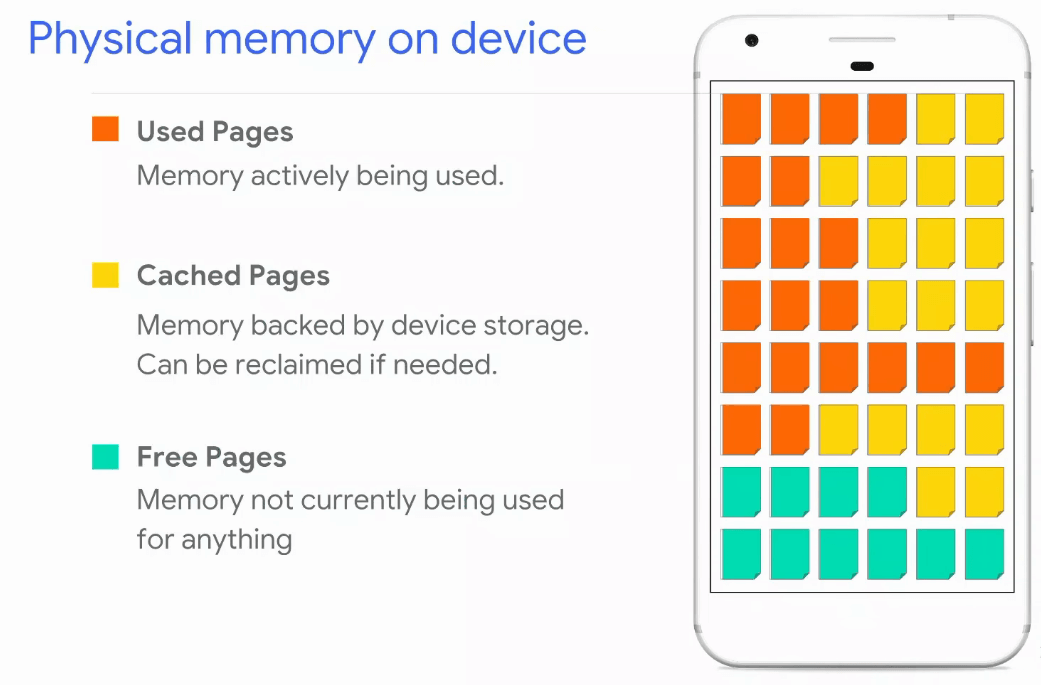
Generic Adapters for MongoDB: A Go Solution Inspired by Rust
I’m working several years with Go and MongoDB and decided once, that I write some Rust code with the official mongo-rust-driver to test new things. I wouldn’t consider myself as a Rustacean, but I do understand the basic principle of the borrowing, ownership and lifetimes in Rust. After reviewing the mongo-rust-driver docs, I started with the basic setup. let db = Client::with_uri_str(mongodb_uri).await?.database("my_database") After connecting it, I want to try out how to perform CRUD (Create, Read, Update and Delete) operations....

Android Memory Management - Part II
After looking on the different types of memory does exist for Android, we start with Memory Paging. This TIL explains how Android allocates memory for system and user processes. Device categories Android devices will be categorized into these three device types: Entry-level Mid-tier Premium Each of these device types are categorized based on their hardware resources, like CPU, RAM and features. Entry-level devices are budget-friendly Android smartphones typically feature less powerful processors and reduced RAM capacity compared to mid-range and flagship models....

Android Memory Management - Part I
Before we start into looking how memory management does work in Android, we should look what types of memory does exist for Android. Note: Both CPU and GPU are using the same RAM. The Android platform runs on the premise that free memory is wasted memory. It tries to use all of the available memory at all times. There are three different memory types that the Android operating system does use....